With a dense system of rivers, streams, ponds and reservoirs, Vinh Phuc has favorable conditions for aquaculture development. The whole province currently has more than 6,400 hectares of aquaculture area, concentrated in districts such as Vinh Tuong, Yen Lac, Binh Xuyen...
However, along with the development, the province's fisheries industry is also facing many challenges such as water pollution from industrial production and daily life activities; climate change; complicated developments of fish diseases; increasing feed costs...
In that context, biotechnology has emerged as an effective solution to help farmers deal with environmental problems while improving investment efficiency and product quality.
According to Mr. Pham Van Tan, a large-scale aquaculture investor in Tam Hong town (Yen Lac), in intensive farming, where fish density is high and large amounts of feed are used, the water environment is the key factor determining the success or failure of the entire farming season. Therefore, for many years now, his family has used Biofloc products to improve water quality.
“Biofloc is a biological product that helps decompose organic waste such as excess food, fish manure, dead algae, etc. At the same time, it absorbs and metabolizes toxic gases in the pond, inhibits pathogenic microorganisms, supports the process of nutrient absorption and increases fish resistance," said Mr. Tan.
Previously, Mr. Tan used biological products to treat water periodically once a month. However, since installing an automatic sensor system to monitor water environment indicators, the use of Biofloc products has become much more flexible.
“As soon as we see any abnormal indicators, we immediately treat the water instead of waiting for the period,” said Mr. Tan. Thanks to good control of the farming environment, the fish grow steadily, have a high survival rate, and rarely have diseases. On average, each year, Mr. Tan’s family supplies the market with 70 to 80 tons of commercial fish, bringing about clear economic efficiency, many times higher than the previous traditional farming method.
Not only applying biotechnology in water environment treatment, many households in the province have used preparations and biological active ingredients mixed into fish feed to enhance immunity, resistance, support digestion, help animals absorb food well, and promote growth.
In particular, the application of biotechnology in seed production has achieved important results. Our province is currently strongly developing intensive farming of monosex tilapia created from genetic technology, sex control by crossbreeding and V1 carp from mass breeding and family breeding.
During the 2021-2024 period, the province has provided support for 6.51 million fish fry of various types (hybrid carp, grass carp and monosex tilapia) on an area of 535 hectares to 437 households in the districts according to Resolution No. 20 dated December 14, 2020 of the Provincial People's Council. These fish breeds all have higher productivity and efficiency than normal fish breeds due to high survival rate, good disease resistance, fast growth rate, and shortened farming time.
The application of biotechnology and its multifaceted benefits has been contributing positively to the overall development of the aquaculture industry. Although the farming area tends to decrease, the productivity, aquaculture output and aquaculture production value have generally increased. In 2024, the average aquaculture productivity of the province will reach 3.4 tons/ha, an increase of 6.3% compared to 2020; the value of aquaculture production will reach nearly 800 billion VND, an increase of 8.7% compared to 2020.
Initial successes in applying biotechnology in the province have created momentum for the fisheries sector in particular and agricultural production in general to enter a new stage of development.
According to the province's orientation, in the coming time, Vinh Phuc will continue to promote the application of biotechnology in agricultural production; research and transfer of enzyme, protein and microbiological technology to prevent and treat diseases, and stimulate growth in aquaculture. By 2030, the area of organic aquaculture will reach about 1% of the province's total aquaculture area.
Nguyen Huong
Source: http://baovinhphuc.com.vn/Multimedia/Images/Id/127684/Ung-dung-cong-nghe-bi-hoc-trong-nuoi-trong-thuy-san


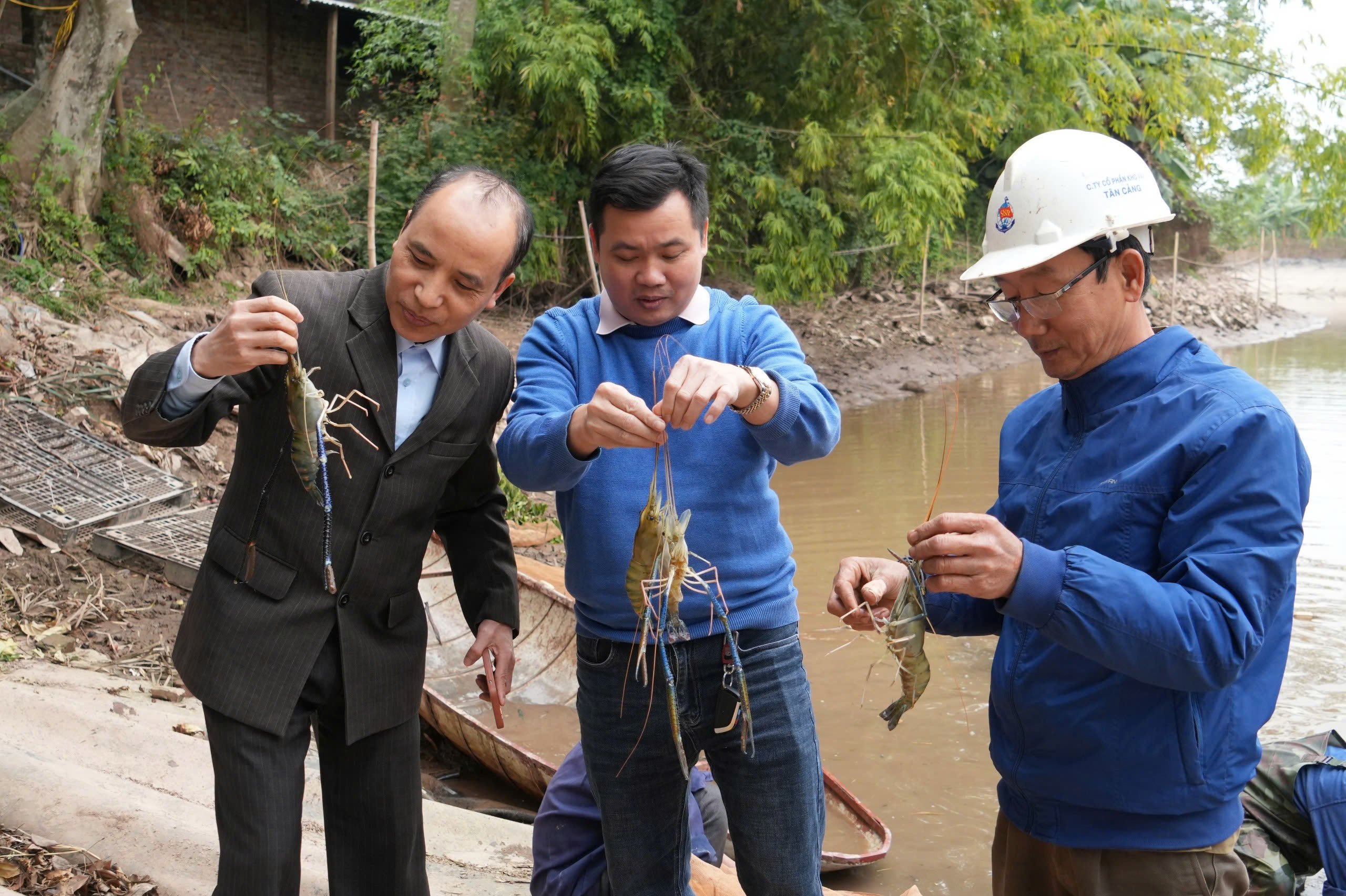
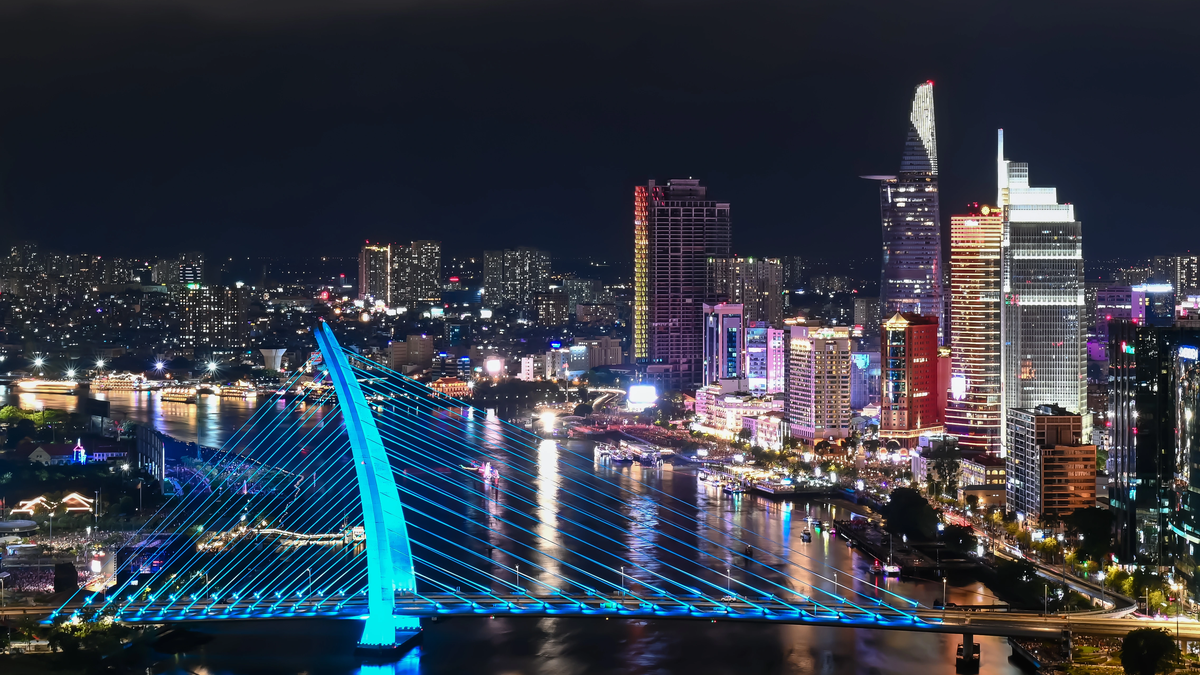
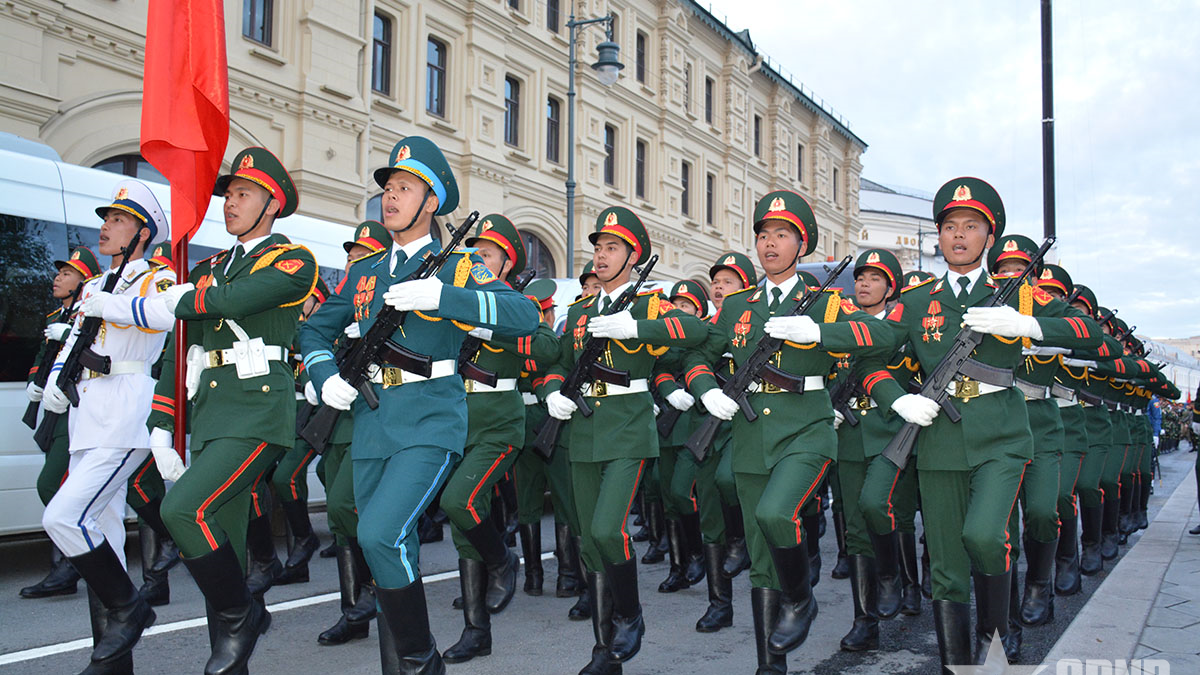
![[Photo] Vietnam shines at Paris International Fair 2025 with cultural and culinary colors](https://vphoto.vietnam.vn/thumb/1200x675/vietnam/resource/IMAGE/2025/5/4/74b16c2a197a42eb97597414009d4eb8)
![[Photo] General Secretary To Lam receives Sri Lankan President Anura Kumara Dissanayaka](https://vphoto.vietnam.vn/thumb/1200x675/vietnam/resource/IMAGE/2025/5/4/75feee4ea0c14825819a8b7ad25518d8)
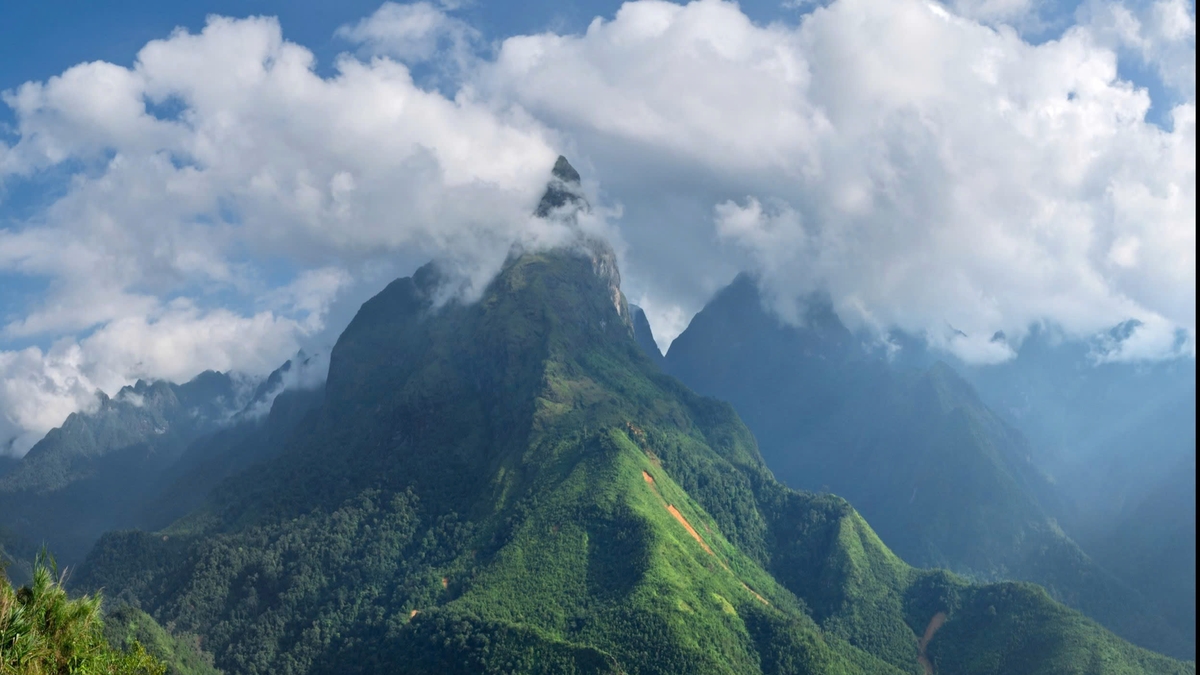
![[Photo] Bus station begins to get crowded welcoming people returning to the capital after 5 days of holiday](https://vphoto.vietnam.vn/thumb/1200x675/vietnam/resource/IMAGE/2025/5/4/c3b37b336a0a450a983a0b09188c2fe6)


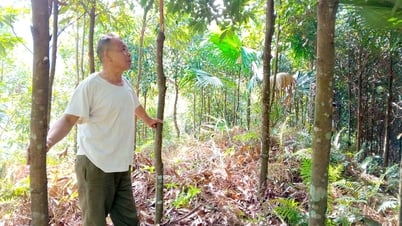


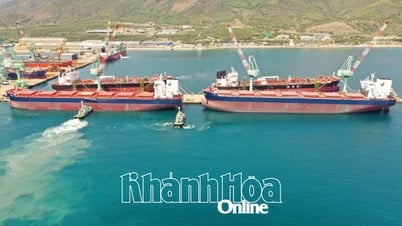







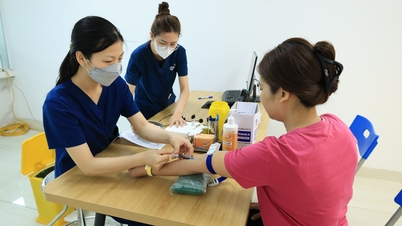





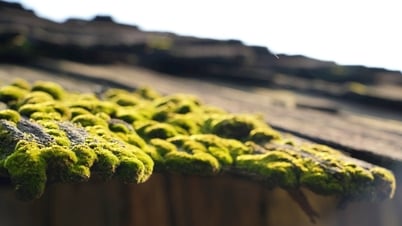





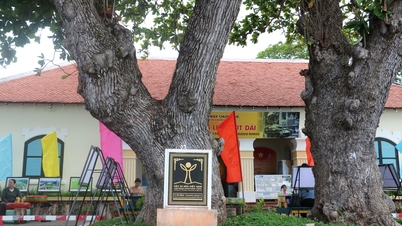

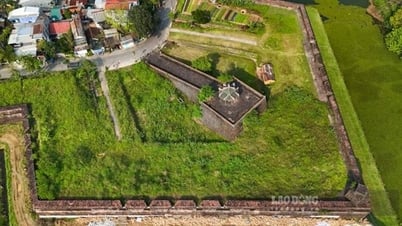

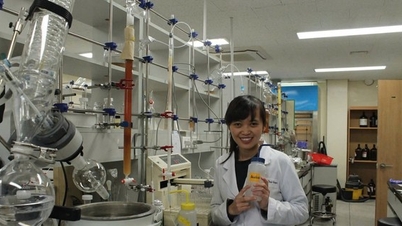


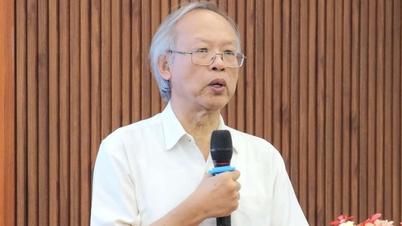

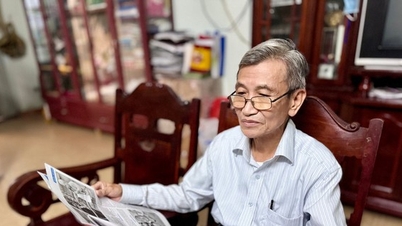
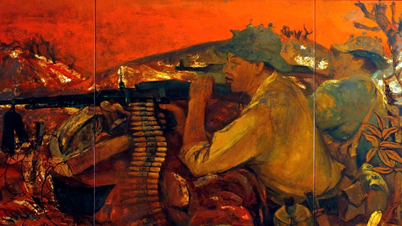



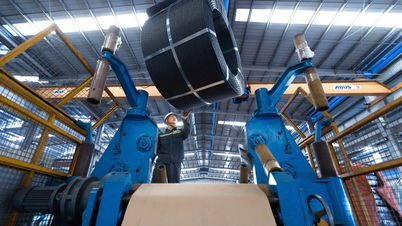

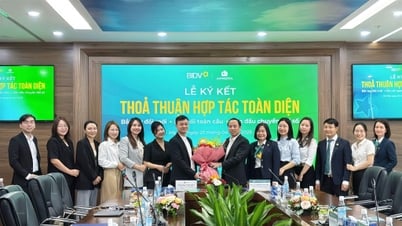

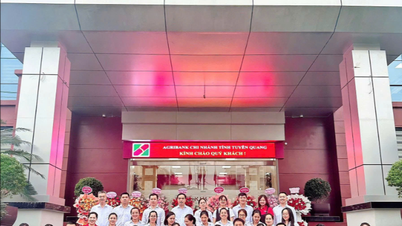


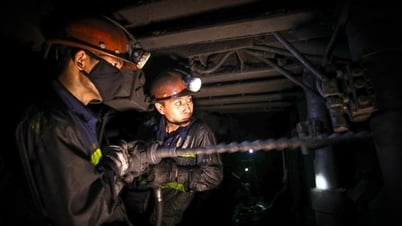




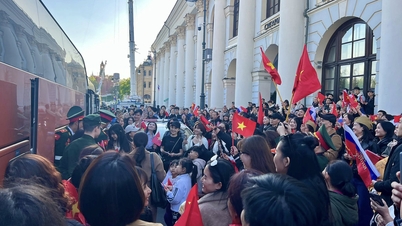


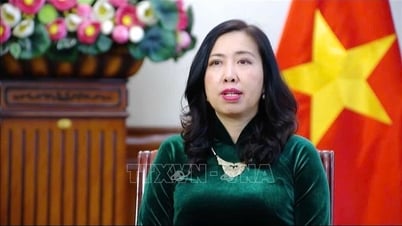







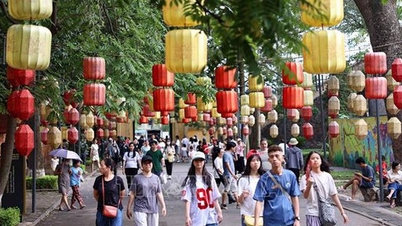
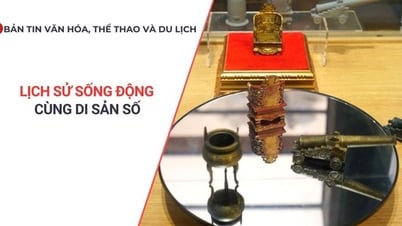





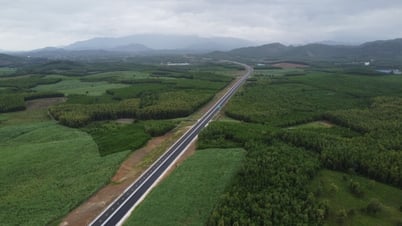






![[Video]. Building OCOP products based on local strengths](https://vphoto.vietnam.vn/thumb/402x226/vietnam/resource/IMAGE/2025/5/3/61677e8b3a364110b271e7b15ed91b3f)

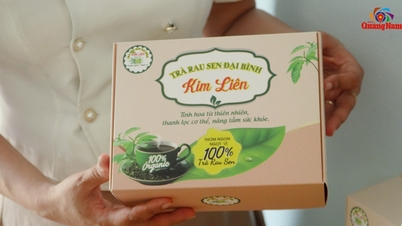


Comment (0)